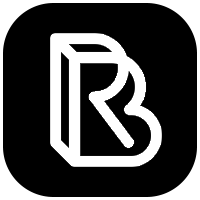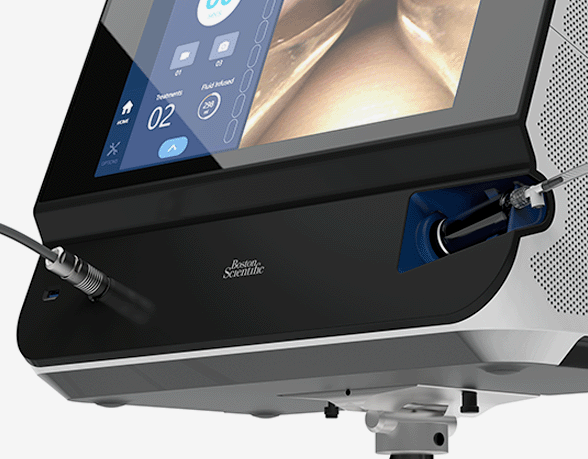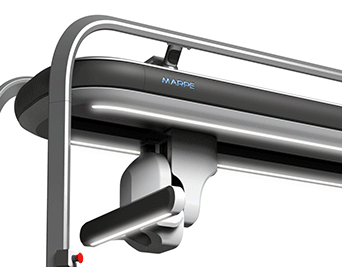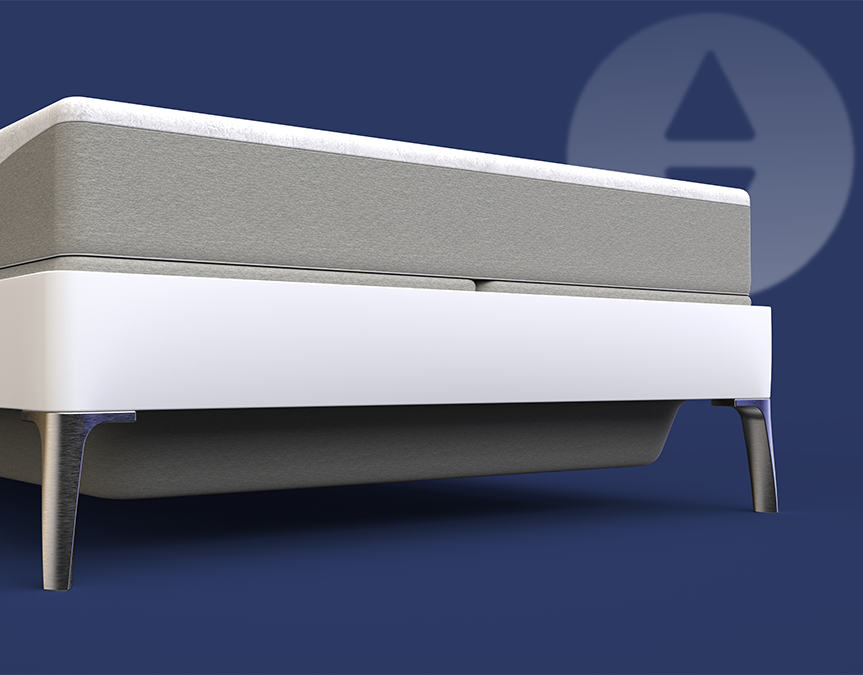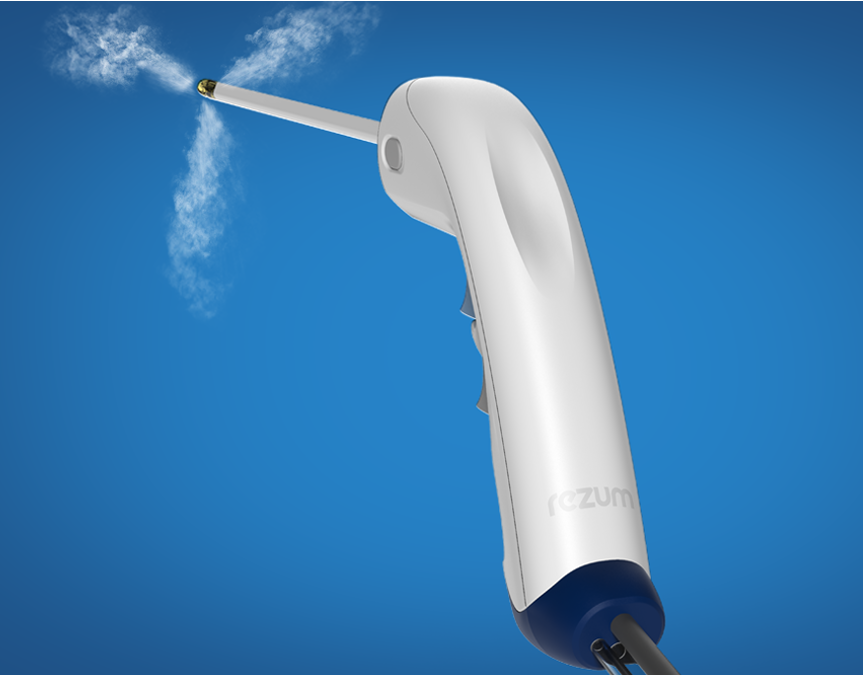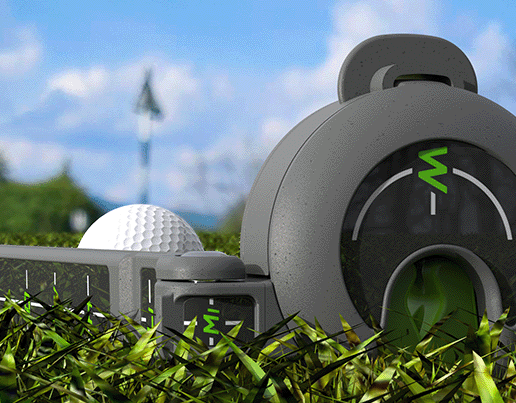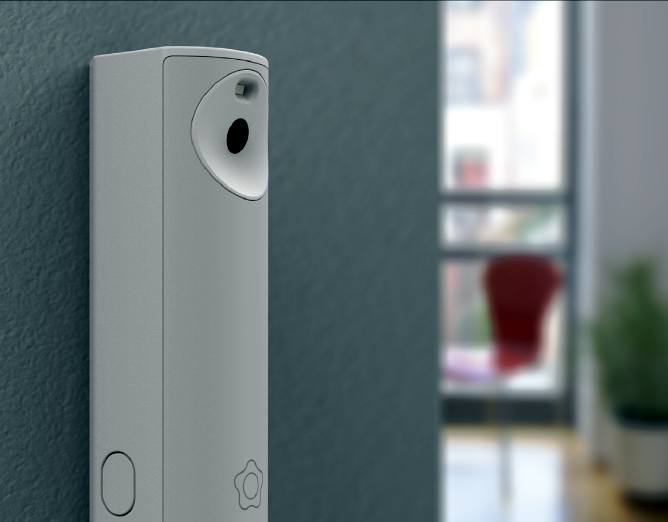NS2 Tracker
Nucleic Sensing Systems (NS2) and I team up to craft a vision for their breakthrough technology in autonomous species detection. The "Tracker" is the first of it's kind.
Industrial Design, Strategy, Brand, Visualization
All living organisms leave a biological footprint. The Tracker functions as a field-deployed biological "smoke alarm" continuously monitoring for pathogens and destructive organisms - which are responsible for loss of life and billions of dollars in damages per year. Determining the presence and abundance of these organisms is key to their management and prevention.
Discovery // Autonomous PCR testing system
The task was to learn about NS2’s innovative technology and application - Enough to envision a product experience that would become the “north-star concept” for future engineering prototypes, acquisition of investors, and grant awards.
The graphic above represents the basic high-level sequence for a sample test-cycle. In theory, the system could run this cycle over and over again with the only limitation being supply of liquid consumables and waste-reservoir capacity.
The ability to add geospatial data to the presence and abundance of a species targeted allows for resource managers to have a “heat map” to prioritize management actions in areas of greatest need. The early detection of and rate of infestation of a species informs strategic planning, management regimes, and budget decisions.
Ideation // Creating an improved system
Rethinking the component architecture seemed like a big opportunity, however, it fell outside of the scope for this project. The best course appeared to be to retain the excising prototype layout - envision a totally custom enclosure - and really streamline the “internal control-panel” experience. I started with some form inspiration image-scraping to help guide the “visual-DNA” of physical proportions.
The chosen direction featured a polyhedron shaped outer case-housing with 6 sculpted sides and 22 blended surfaces - making it a rhombicuboctahedron (Rombee-qubo-octi-hedron) The form is both iconic and highly robust providing a protective armor for the sensitive components housed within.
Design // Concept CAD visualization
Imagining how the Tracker might work out in the field brought many practical details into the picture. How would you carry it? How would you charge the battery? Perform diagnostics and quickly attach fluid connections? The design would have to perform in environmental extremes and conform to high IP standards.
Arguably the most important part of the Tracker system is the user-interface “layer” which is accessed by opening the gasket-sealed lid. The dual latch is electronically locked for security. The inside is separated into two sections; a modular panel and a cartridge + computer control panel.
When considering how the Tracker would stand on uneven terrain, I took inspiration from analogous outdoor-products. A tool-less solution -- rugged and stabilized via a guided leveling UI-experience would ensure reliable in-field performance.
